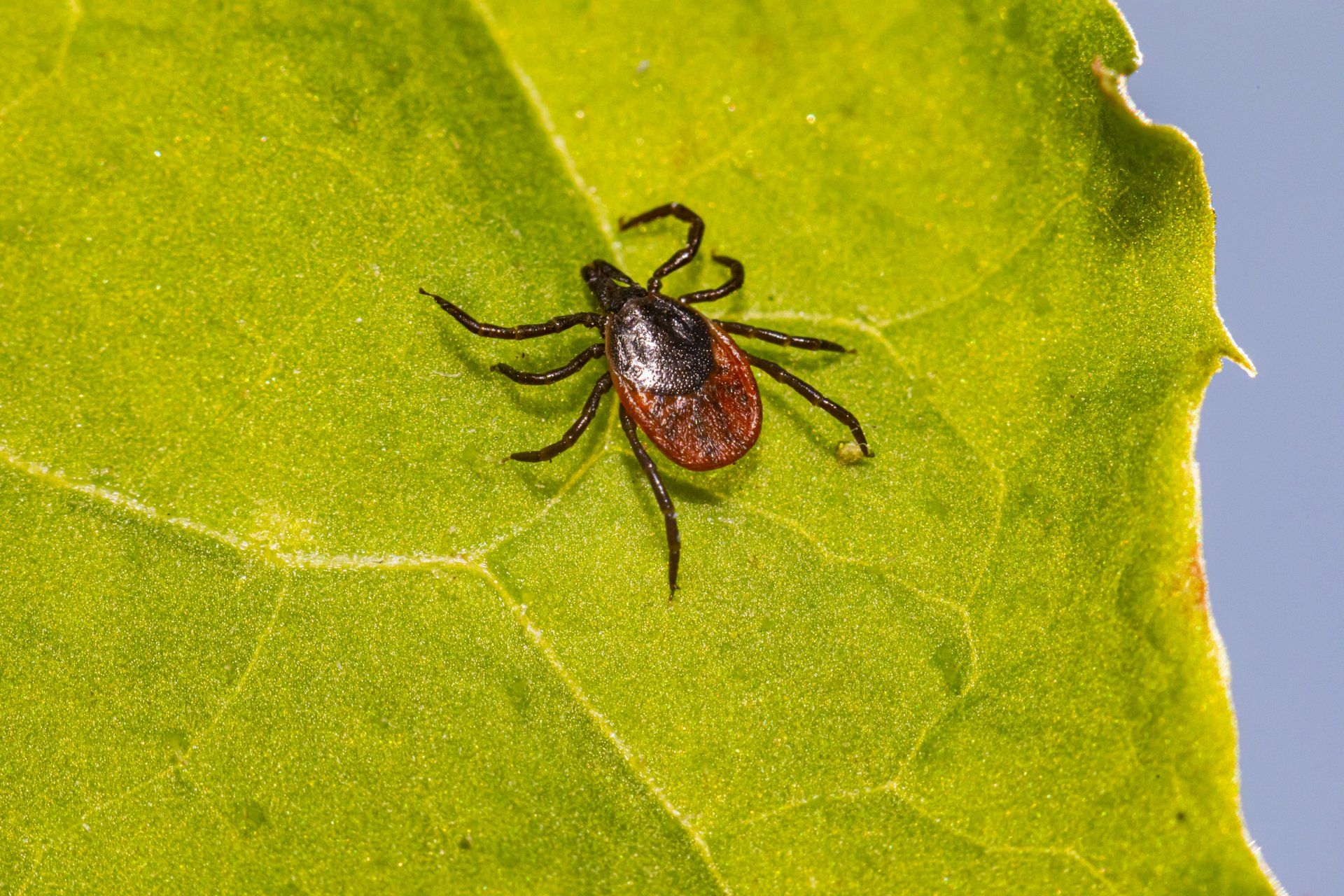Tick Bite Prevention and First Aid
Tis The Season for Ticks
Summer is the season of tick bites. This will cover information from the American Academy of Pediatrics (AAP) and the CDC on how to prevent tick bites and what to do when those prevention efforts fail.
There is an increased risk for tick bites when you are spending time in grassy or wooded areas, specifically in the summer months. When you know your children are going to be at an increased risk, dress them in long clothing that covers as much skin as possible and tuck the ends of their pants into their socks to deny the ticks a route of entry. Good repellents for clothing contain permethrin. Important note: permethrin is only used on clothing and becomes ineffective when it touches skin. For exposed skin, 30% DEET containing repellent is approved for use in children over 2 months old and is protective for 6 hours before it needs to be reapplied.
Even when all precautions are taken, ticks can still find a way. Tick checks at the end of each day are extremely beneficial. The faster a tick is removed, the lower the risk of disease. Check the entire body for ticks but pay special attention to the scalp, armpits, waistline, and other body creases.
If a tick is found, the best way to remove it is with tweezers. Grasp the tick as close to its head as possible and pull the tick directly out while maintaining steady pressure and without twisting or crushing the tick. Using petroleum jelly, nail polish, hot, or cold items on the tick does not help. If the head remains in the skin, clean the skin with rubbing alcohol and use clean tweezers to remove as much as possible. If a small piece of the tick remains, the body will naturally shed it. Once a tick is removed, wash the wound with soap and water and then apply antibiotic ointment.
If the tick did transfer a disease, it will likely show up with a rash in the next 2-4 weeks. Continue to monitor any new symptoms that arise in your child. The CDC has made an interactive tool to help parents decide what to do if their child has a tick bite.
To learn more about tick removal, what diseases can be spread by ticks, and insect repellent please click the following the links.
Joshua Scheiderer MS3
University of Missouri School of Medicine
Springfield campus











